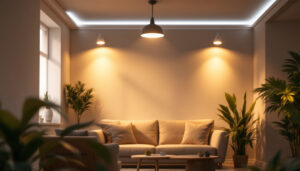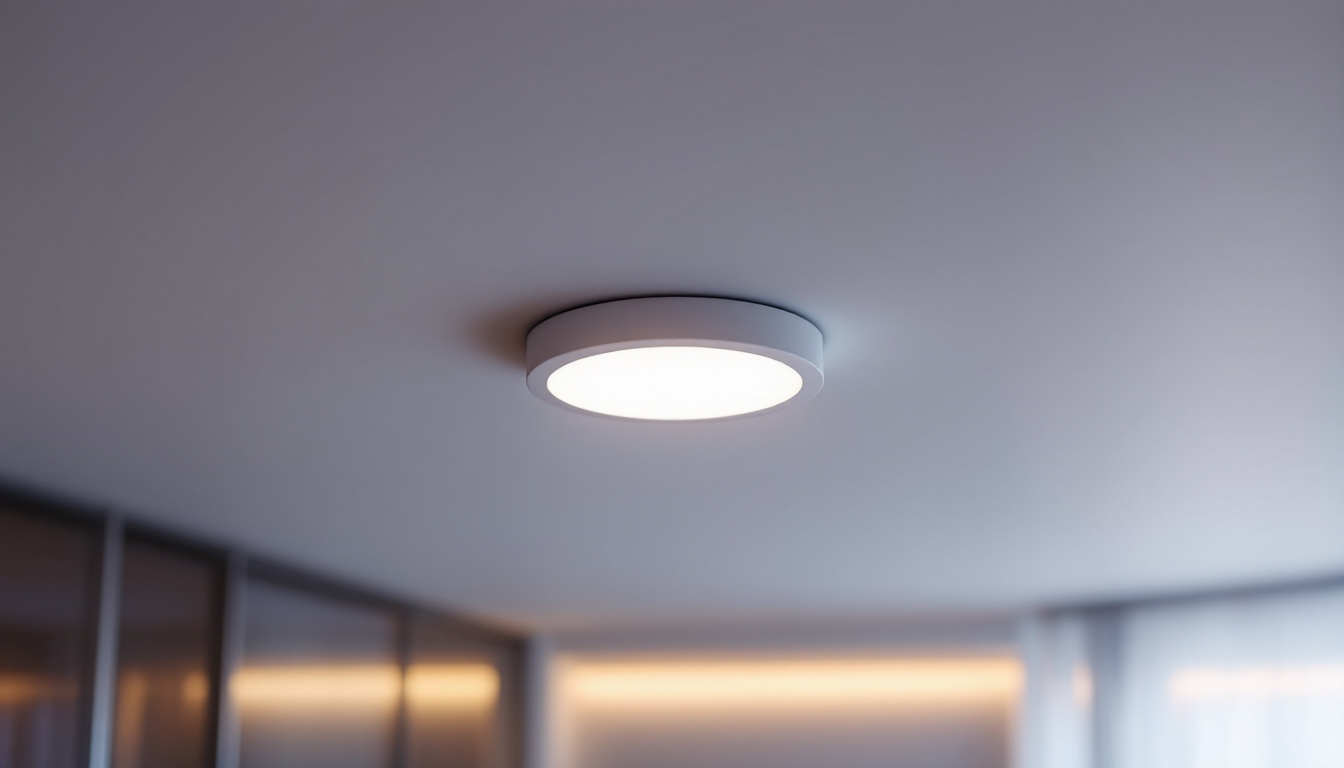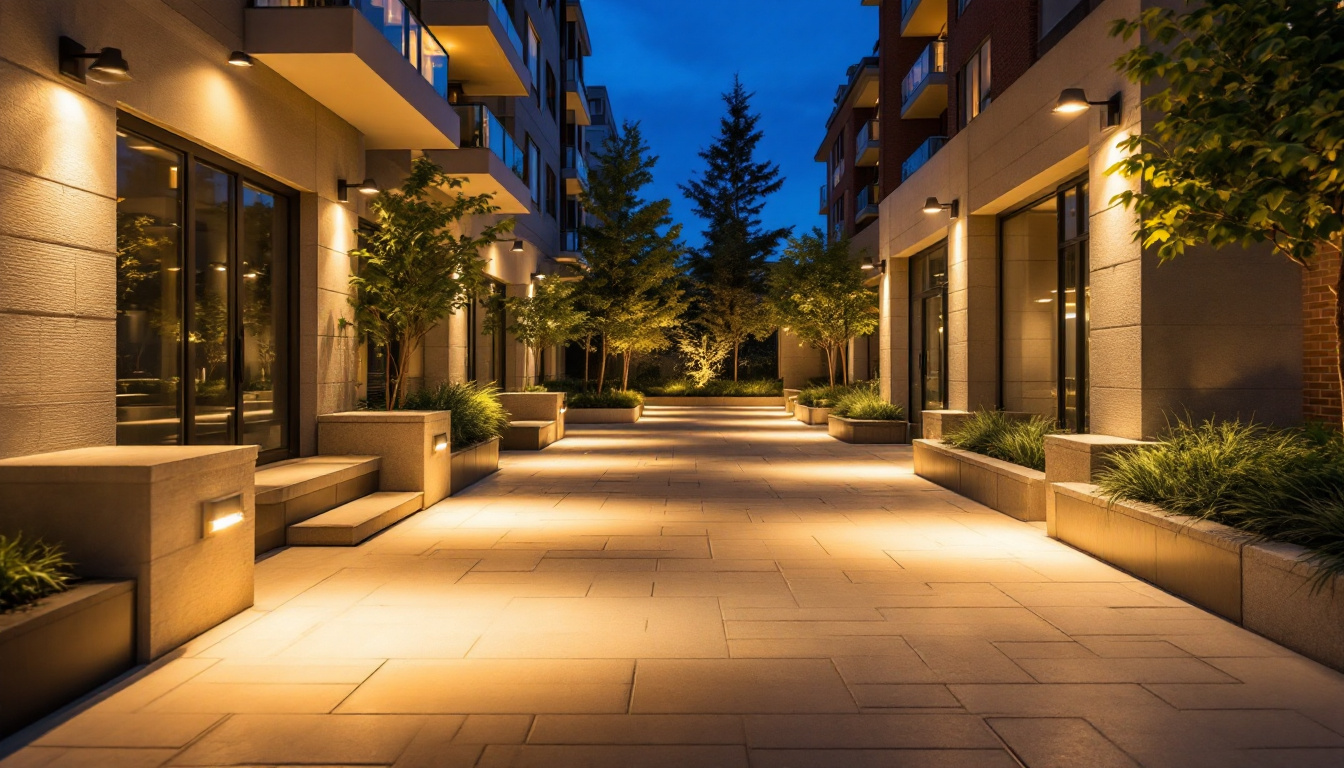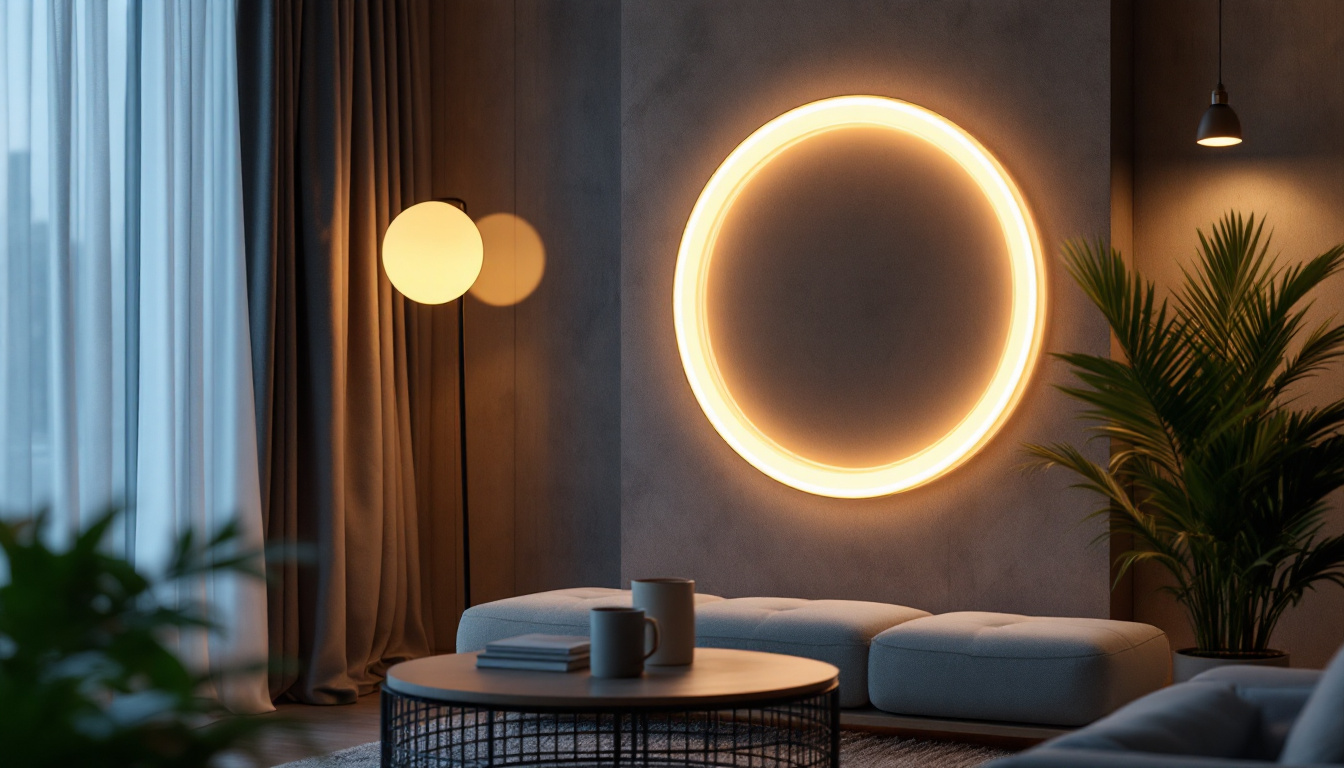

In the ever-evolving world of interior design and architecture, recessed lighting has emerged as a staple for both residential and commercial spaces. This article delves into the intricacies of modern recessed light fixtures, offering valuable insights for lighting contractors. Understanding the nuances of these fixtures is essential for delivering quality installations that meet client expectations and adhere to industry standards.
Recessed lighting, often referred to as can lighting or pot lighting, has undergone significant transformations over the years. Originally designed for functionality, modern recessed fixtures now blend aesthetics with advanced technology. This evolution has led to a variety of options that cater to different design preferences and lighting needs.
Traditionally, recessed lights were primarily functional, providing general illumination without much consideration for style. However, today’s market offers a plethora of designs, finishes, and sizes that can enhance the overall aesthetic of any space. Contractors should familiarize themselves with these options to better advise clients on the best choices for their projects. For instance, sleek, low-profile designs can seamlessly integrate into contemporary spaces, while vintage-inspired fixtures can add a touch of charm to more traditional settings. Additionally, customizable trim options allow for a tailored look that can complement various interior styles, making recessed lighting a versatile choice for homeowners and designers alike.
Modern recessed lighting fixtures are equipped with cutting-edge technology, including LED options that offer energy efficiency and longevity. These advancements not only reduce energy consumption but also provide superior light quality. Lighting contractors must stay updated on the latest technologies to recommend fixtures that align with sustainability goals and energy codes. Moreover, smart lighting systems have emerged, allowing homeowners to control their recessed lights remotely via smartphone apps or voice-activated assistants. This integration of smart technology not only enhances convenience but also enables users to create dynamic lighting scenes that can change throughout the day, catering to different activities and moods. As the demand for smart home features continues to rise, understanding these innovations becomes essential for professionals in the lighting industry.
When it comes to installing recessed lighting, several factors must be taken into account to ensure optimal performance and client satisfaction. Understanding these considerations can significantly impact the success of a lighting project.
The placement of recessed lights is crucial for achieving the desired lighting effect. A common guideline is to space fixtures approximately 4 to 6 feet apart, depending on the height of the ceiling and the intended use of the space. For example, in a living room, fixtures may be placed closer together to create a cozy atmosphere, while in a kitchen, wider spacing may be more appropriate for task lighting.
Additionally, contractors should consider the layout of the room and any architectural features that may affect light distribution. Proper placement not only enhances functionality but also contributes to the overall design aesthetic.
The trim of a recessed light fixture plays a significant role in both appearance and performance. Options range from baffle trims that reduce glare to reflector trims that enhance brightness. Contractors should discuss the various trim styles with clients to ensure their preferences align with the intended lighting effect.
Moreover, selecting the right trim can impact the fixture’s efficiency. For instance, using a trim designed to direct light downward can enhance task lighting in workspaces, while adjustable trims can provide versatility in areas that require different lighting angles.
Electrical requirements for recessed lighting can vary based on the fixture type and the overall design of the lighting system. Contractors must ensure that the electrical wiring is adequate to support the fixtures being installed. This includes considering the wattage, voltage, and compatibility with dimmer switches if applicable.
Furthermore, adhering to local codes and regulations is paramount. Properly following electrical guidelines not only ensures safety but also enhances the longevity of the lighting installation.
The market offers a diverse range of recessed lighting fixtures, each designed for specific applications and aesthetic preferences. Understanding these types is essential for contractors to provide tailored solutions to their clients.
LED recessed lights have gained immense popularity due to their energy efficiency and long lifespan. These fixtures consume significantly less energy than traditional incandescent bulbs, making them an environmentally friendly choice. They also produce less heat, which can contribute to lower cooling costs in warmer climates.
Additionally, LED options are available in various color temperatures, allowing contractors to customize the ambiance of a space. From warm white to cool daylight, the choice of color temperature can dramatically alter the perception of a room.
As smart home technology continues to advance, smart recessed lighting fixtures have become a sought-after feature. These fixtures can be controlled via smartphone apps or voice-activated devices, providing users with unparalleled convenience and flexibility.
Contractors should be well-versed in the installation of smart lighting systems, including understanding compatibility with existing home automation systems. This knowledge enables them to offer clients innovative solutions that enhance their living spaces.
When selecting recessed lighting, contractors must consider whether the installation is for new construction or a retrofit project. New construction fixtures are designed to be installed during the building phase, allowing for seamless integration into the ceiling structure.
On the other hand, retrofit fixtures are ideal for existing spaces where modifications may be limited. These fixtures often come with adjustable mounting options, making them versatile for various ceiling types. Understanding the differences between these two types is crucial for providing clients with the best possible solutions for their specific needs.
Effective recessed lighting design goes beyond mere installation; it involves creating a cohesive lighting scheme that enhances the overall aesthetic of a space. Here are some design tips for contractors to consider when working with recessed fixtures.
Implementing a layered lighting approach can significantly enhance the functionality and ambiance of a room. Recessed lights can serve as one layer of lighting, complementing other sources such as chandeliers, wall sconces, or table lamps. This combination creates a well-rounded lighting scheme that caters to various activities and moods.
For instance, in a dining area, recessed lights can provide general illumination while a decorative pendant light adds a focal point. This layered approach not only improves visibility but also adds depth and character to the space.
Recessed lighting can be strategically used to highlight architectural features such as beams, niches, or artwork. By directing light towards these elements, contractors can create visual interest and draw attention to the unique aspects of a room.
For example, placing recessed lights above a fireplace or along a gallery wall can enhance the overall design and create a warm, inviting atmosphere. This technique allows contractors to showcase their clients’ personal style while maximizing the impact of the lighting design.
As the focus on sustainability continues to grow, lighting contractors play a vital role in promoting energy-efficient solutions. Modern recessed lighting fixtures, particularly LED options, offer significant advantages in this regard.
Familiarity with energy ratings, such as the Energy Star certification, can help contractors recommend fixtures that align with clients’ sustainability goals. Energy-efficient recessed lights not only reduce electricity costs but also contribute to a lower carbon footprint.
Contractors should educate clients on the long-term benefits of investing in energy-efficient lighting, including potential rebates and incentives offered by utility companies for upgrading to more sustainable options.
Incorporating smart lighting solutions can further enhance energy efficiency. By utilizing smart controls, clients can easily manage their lighting usage, adjusting brightness levels and scheduling lights to turn on and off at specific times. This level of control not only saves energy but also enhances convenience.
Contractors should be proactive in discussing these options with clients, emphasizing the benefits of smart technology in promoting a more sustainable lifestyle.
While recessed lighting offers numerous advantages, contractors may encounter challenges during installation. Being prepared to address these challenges can lead to smoother projects and satisfied clients.
One common challenge contractors face is limited ceiling space, particularly in older homes. In such cases, selecting low-profile recessed fixtures can be an effective solution. These fixtures are designed to fit into tight spaces without sacrificing performance.
Additionally, contractors can explore alternative mounting options, such as using surface-mounted fixtures that mimic the appearance of recessed lights while accommodating existing ceiling structures.
Clear communication with clients is essential to managing expectations throughout the installation process. Contractors should take the time to discuss the limitations and possibilities of recessed lighting, ensuring clients have realistic expectations regarding the outcome.
Providing visual examples and explaining the technical aspects of the installation can help clients understand the process and appreciate the final results. This transparency fosters trust and reinforces the contractor’s expertise.
Modern recessed light fixtures offer a wealth of opportunities for lighting contractors to elevate their projects and meet client demands. By understanding the evolution of recessed lighting, key installation considerations, and the various types of fixtures available, contractors can provide tailored solutions that enhance both functionality and aesthetics.
Furthermore, embracing energy-efficient options and smart technology can position contractors as leaders in the industry, appealing to environmentally conscious clients. By staying informed about design trends and common challenges, contractors can navigate the complexities of recessed lighting installations with confidence.
Ultimately, the ability to deliver exceptional recessed lighting solutions will not only satisfy clients but also contribute to the contractor’s reputation for quality and innovation in the lighting industry.
Ready to take your lighting projects to the next level? At LumenWholesale, we provide lighting contractors with the highest quality, spec-grade recessed light fixtures at unbeatable wholesale prices. Say goodbye to local distributor markups and hello to our extensive selection that meets rigorous industry standards. With free shipping on bulk orders, you can trust that you’re getting premium lighting solutions at the best value, with no hidden fees. Elevate your lighting installations with the perfect blend of quality, affordability, and convenience. Explore our wholesale lighting options now and make a smart investment in your business today.

Discover how outdoor lighting installations can significantly enhance safety in your surroundings.

Discover essential best practices for lighting contractors when it comes to appliance plugs.

Discover the critical aspects of circle LED lights that often escape the attention of lighting contractors.

Discover the essential guide for lighting contractors with “Plug In Switch: The Ultimate Handbook.” Uncover expert tips, innovative techniques, and industry insights to elevate your lighting projects and streamline your workflow.
Get notified when NEW deals are released.
Optimize your budget with wholesale discounts.
Only top-quality, specification-grade lighting products.
No additional costs at checkout - what you see is what you pay.
We understand the unique needs of contractors.